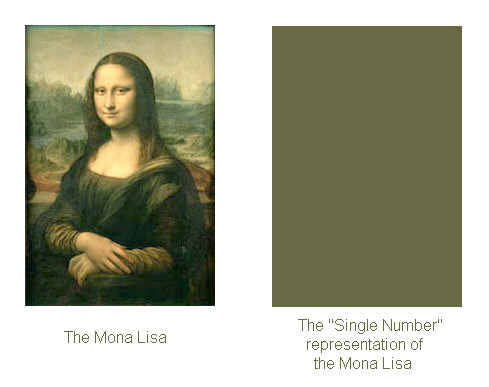
Originally Posted by
HDNitehawk

I went to the review, and stopped reading after the first few lines. The review appears to be written some time ago before they received an actual copy. I was hoping this was a hands on actual review and test.
Yeah, there's no updated review as far as I know. What's new is the data.

Originally Posted by
HDNitehawk

The sensor test doesn’t give a date they generated it. Nor does it say they actually had a copy to compare,
I assume they only test one copy. But it would be nice if they did a dozen or so. Plus if they re-tested every 3 months to see how consistent Canon's manufacturing is. Also, I want a pony. 

Originally Posted by
HDNitehawk

or if they based this comparison on available data.
DxO generates all their own data.

Originally Posted by
HDNitehawk

I have questioned some of DxO’s reviews in the past. This one seems questionable as well.
With few exceptions, their numbers usually match up very closely with other similar tests from around the web. But sometimes they're way off (bad copy?), or obviously made an error somewhere (like when one ISO setting is way off). We'll see how this compares to other test data (e.g. R. Clark).

Originally Posted by
DavidEccleston

The only difference the graphs show is that there is more dynamic range on the D800 for ISOs under 800. For everything else, they're pretty much equal. The 5DmkIII even has slightly more DR at high ISO.
That's only if you shoot high ISO by actually changing the setting on your camera. If you do it the better way (for the D800), by just changing exposure, and push it in post, then the D800 has far more dynamic range at any ISO. But not everyone can or would want to do that, for a variety of good reasons (less useful image preview, braindamaged raw converters, etc.).

Originally Posted by
DavidEccleston

I'm not sure how this ends up becoming a much higher low-light value for the D800. Low light when using ISO 100 and long exposures?
DxO's low light score is measured by finding the (equivalent) ISO that can you shoot while maintaining a certain minimum quality level. Specifically: SNR 30dB, 9 EV DR, and 18 bits of color depth. That's a much higher minimum standard of quality than what I personally require, but it matches pretty good with most photographers.

Originally Posted by
Busted Knuckles

, I am seriously wondering about DB's switch to n n n nikon and how he likes it after the extended test drive.
Still liking it so far. I shot some comparison tests using the same lens on both my 5D2 and D800, but I haven't really analyzed them yet.

Originally Posted by
Busted Knuckles

It also looks like Nikon thinks a crop body w/ 24megapixels has market appeal....
I think they're right. Personally, I'd like to see at least 100 MP in an APS-C camera.






 Reply With Quote
Reply With Quote




